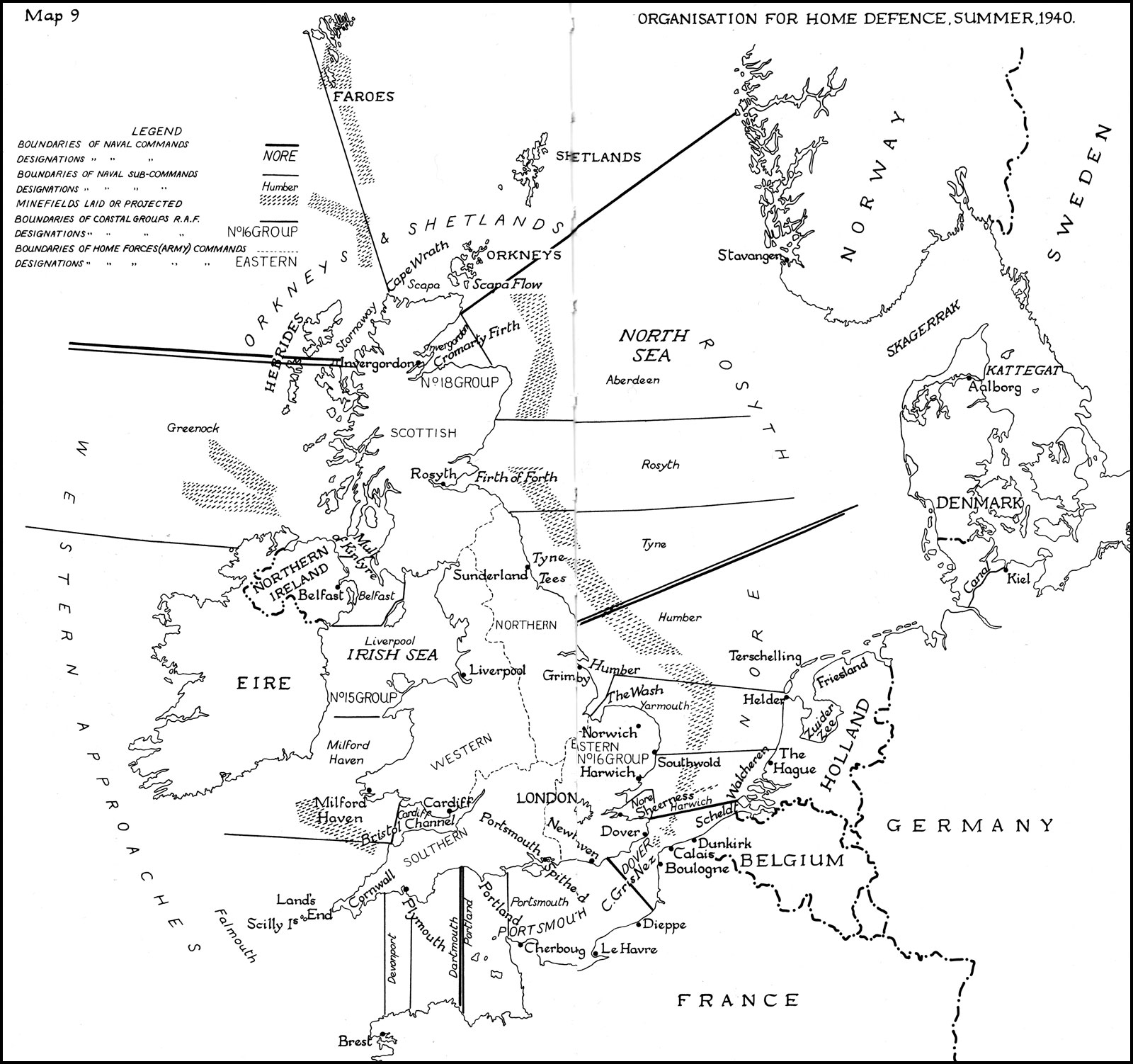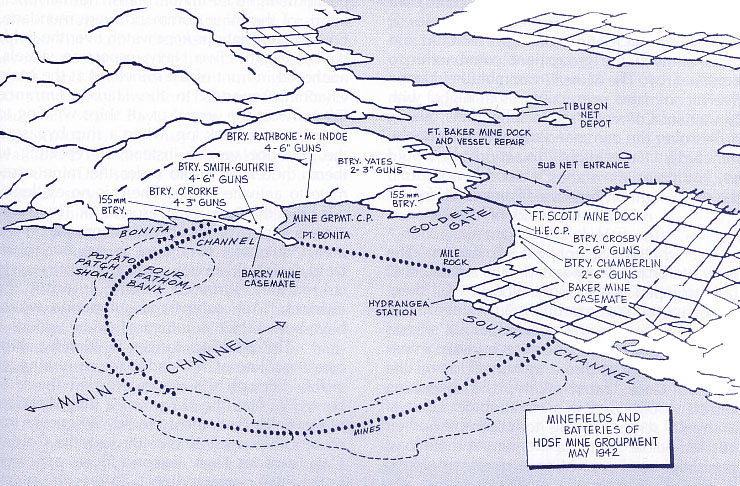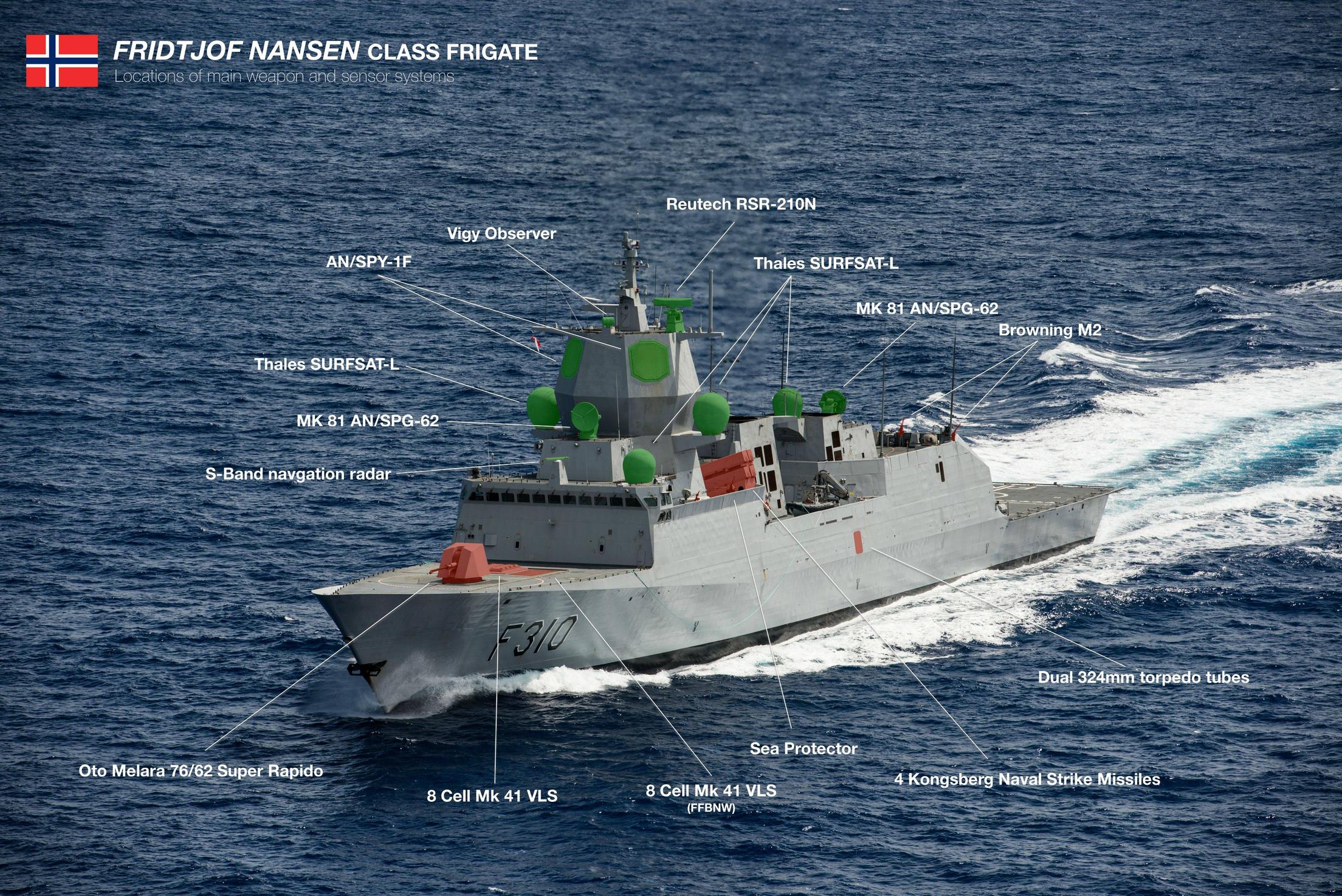Here I go, sounding the Lurblaeseren for the Danes again. [

If anyone is interested.
https://www.navalengineers.org/ProceedingsDocs/ASNEDay2015/Technical%20Paper%20Sessions/Sorensen_Paper.pdf
The author, of OMT, may be working on your ships as we speak. Who knows.
Anyway, I find his comments about modularity, combat information systems, flexibility, commonality across classes and In Service Support verry interesting.
One common system for the CSC, AOPS, JSS and the MCDV with plug and play pieces. And fast upgrades.
And I will put one more plug in for the Flex Deck Concept, particularly as described by the Dutch shipyard Damen and their Crossover series.
As someone interested in getting muddy boots and pongos onboard pristine, if bolshie, RCN vessels, obviously the Flexdeck/Crossover deck appeals to me.
But might it not also offer the RCN advantages as well? I mean in addition to a glorified boat deck.
Would it be possible to increase the carrying capacity of the crossover crane to 50 tonnes so as to be able to lift the deckplates on the flexdeck and access the machinery spaces so you could yard out your own engines and drop them on the dockside and bring another engine on board? Or even carry a spare if the situation warranted?
The crossover crane is already envisaged as having a capacity of up to 40 tonnes to be able to lift LCVPs according to the product sheet accessible from here.







